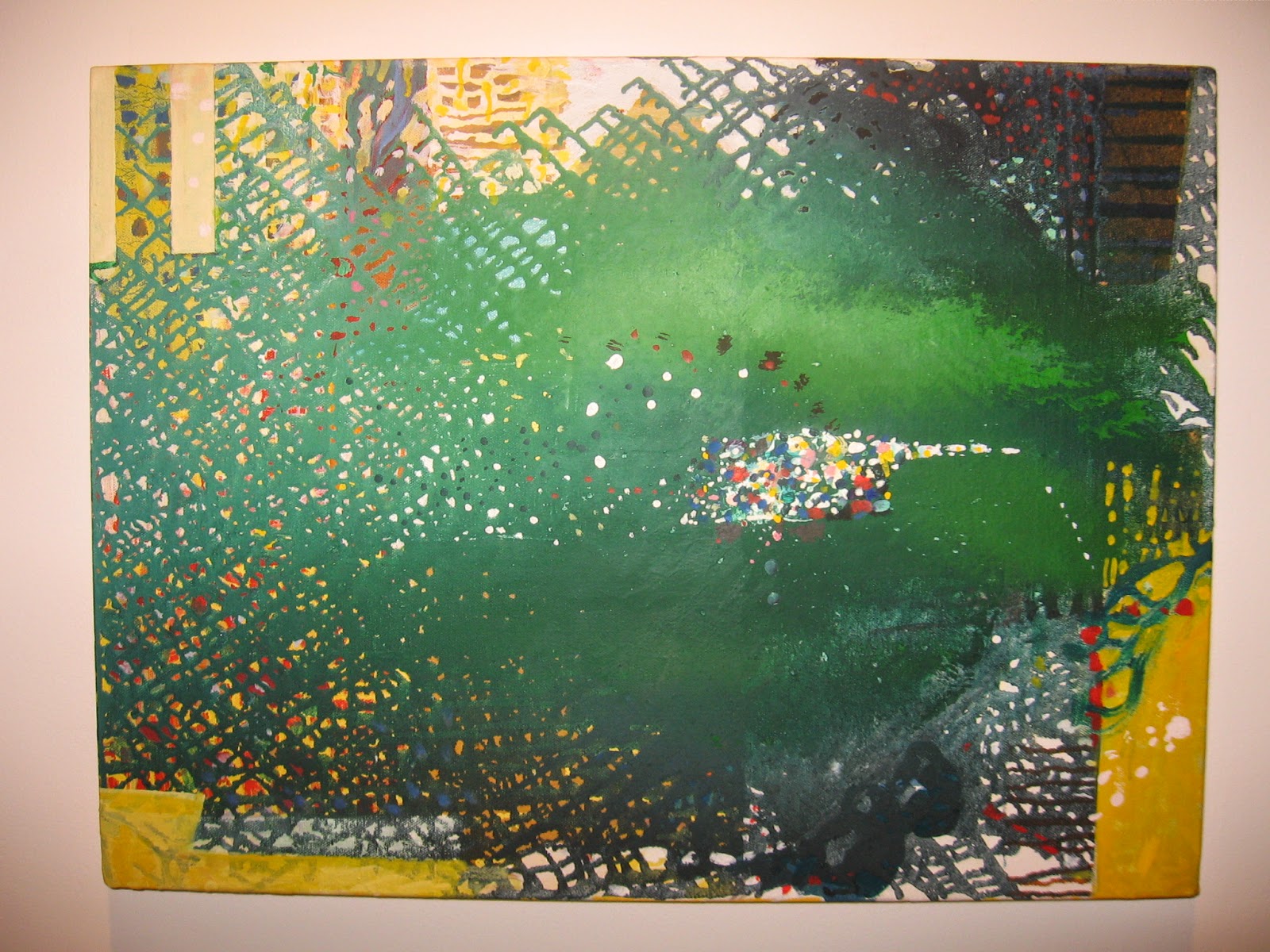A Contemplative and Sardonic War Remembrance from Canton Symphony
Orchestra
By Tom Wachunas
If America’s entry into World War II was seen
by its citizens as not only necessary but also heroic and noble, then perhaps
no other orchestral work better embraced such lofty resolve than Aaron
Copland’s Fanfare for the Common Man. Thus
began the program called “Remembrance” by the Canton Symphony Orchestra (CSO),
with CSO Assistant Conductor Rachel L. Waddell at the podium, on November 23 at
Umstattd Performing Arts Hall.
In 1942, Copland
composed his brief but iconic fanfare to boost national morale. Even now the
work remains a dramatic call to attention. Beginning with an explosive BANG
from the percussion, resonating in the hall like a deafening thunderclap, and
through a succession of martial soarings in the brass, I can’t recall a more
powerful rendering of the work than what the orchestra delivered here.
Copland’s Quiet City, the second work on the program, was drawn from the incidental music he wrote for a drama of the
same name by Irwin Shaw in 1939. Though war as such was not a pretext for the
music, Copland intended his concert suite to communicate the nostalgia and
angst of a society deeply conscious of its insecurities. Rhapsodic solos for trumpet
and English horn, exquisitely performed here by Scott Johnston and Cynthia
Warren, respectively, evoked sensations of gauzy stillness, mystery,
nervousness. Broadly spaced atmospheric passages from the sonorous strings
built slowly to a climax before coming to a hushed, solemn end.
The intensely
pensive ambience of this work, as well as the next program selection, the first
movement of Copland’s Symphony No. 3, was made all the more gripping by
large-screen synchronized projections of black and white photographs from World
Wars I and II fading in and out above the orchestra. The haunting photomontages
were masterfully constructed by Nicholas Bardonnay, a photographer and
multimedia artist who joined Westwater Arts Photochoreography in 2009.
These arresting
panoramas of war’s searing devastation were not present during the following
piece, Elegy for Strings and Harp: In
Memoriam Rupert Brooke. Still, the war time spectre of human sorrow resonated
strongly in this short work from 1915 by Australian composer Frederick Septimus
Kelly. Serving in the Royal Navy Division during a Mediterranean campaign in
World War I, the 24 year-old Kelly composed his tone poem while in base camp on
the occasion of the death of his close friend and ship mate, British poet
Rupert Brooke.
Though it is
Kelly’s best known work (from an admittedly slim oeuvre), this achingly
poignant response to the loss of a kindred spirit is very rarely performed. And
that’s more than a little surprising, considering the profoundly moving,
lyrical character of the music. The compositional dynamic is episodic,
comprised of a series of gentle, hymn-like crescendos in the strings and
lovely, shimmering accents from the harp, all conjuring images of a slow
funeral procession against a backdrop of ocean swells, or sunlight dappling the
wind-rippled leaves of the olive trees that hover over the poet’s island grave.
Without the
magnetic effects of projected photographs, there was time to be visually drawn
to the conductor’s animated demeanor. Rachel Waddell was palpably caught up in
the emotional scope of Kelly’s music, as if pouring herself into the orchestra,
which responded with an outpouring of equal passion.
With the program
finale, the tenor of the evening shifted away from the mournful gravitas of the
preceding works into a distinctly more rambunctious realm. When Dmitri
Shostakovich premiered his Symphony No. 9 in Leningrad in 1945, Russian
audiences, and Stalin in particular, were expecting a transcendent victory
fanfare, a paean to Soviet greatness in the spirit of Beethoven’s ninth.
Instead, the composer offered an irreverent, startlingly compact orchestral
essay threaded through with a sardonic spirit. Stalin, Shostakovitch’s nemesis,
and many other Russians of that day felt insulted and otherwise mortified.
Waddell took a
somewhat hefty amount of time introducing the work, enthusiastically embracing
it as a teaching moment. She led the orchestra through several passages of
repetitious, inane triads and arpeggios to demonstrate the composer’s
insouciant disregard for heroic or pompous theme development.
The intent of
including the work in this context was certainly not to dismiss or diminish our
appreciation of war’s terrible toll, or our memory of those who served. It was,
as Waddell explained, simply to lighten our mood a bit and hopefully raise a
collective smile by providing some emotional relief. Including brilliant solo
passages from the brass, piccolo and bassoon, the entire ensemble crackled as it
was clearly victorious in accomplishing just that.














